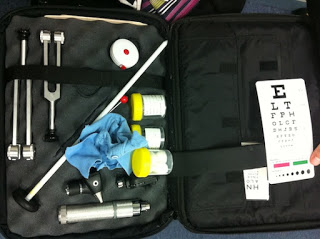Central nervous system (CNS) examination is the most difficult thing to complete within a time limit during final exam and the dilemma is that, most of time the CNS is what is kept as a long case. Examiners love judging you on the basis of CNS case because: 1. CNS…
Tag: Clinical examination
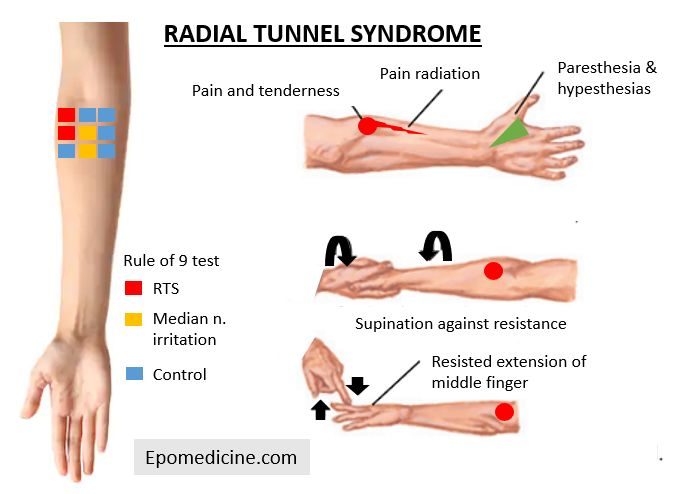
Radial Tunnel Syndrome (RTS) – Anatomy and Clinical Examination
Synonyms: Radial pronator syndrome, Treatment resistant lateral epicondylitis (tennis elbow) Anatomy of Radial Tunnel The anatomic radial tunnel (~5 cm) extends from the radial head to the inferior border of the supinator muscle. Mnemonic: FREAS Fibrous bands anterior to radiocapitellar joint Radial recurrent vessels (leash of Henry) ECRB medial edge…

Femoral Anteversion test (Craig’s test)
Synonym: Trochanteric prominence angle test Patient position: Prone with knee on test side flexed to 90 degrees Test procedure: Examiner palpates the greater trochanter and internally and externally rotates the hip until the greater trochanter lies at the lateral most aspect of the hip (the greater trochanter is parallel to…
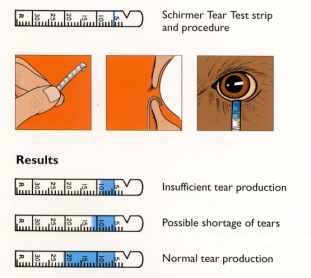
Schirmer’s test
Schirmer’s test is a measurement of tear production, devised by the German ophthalmologist Otto W.A. Schirmer. Originally, Schirmer used blotting paper to collect tears elicited by one of the 3 methods of stimulating lacrimation: Inserting the strip of paper itself Irritating the nasal mucosa after the cornea had been anesthetized…
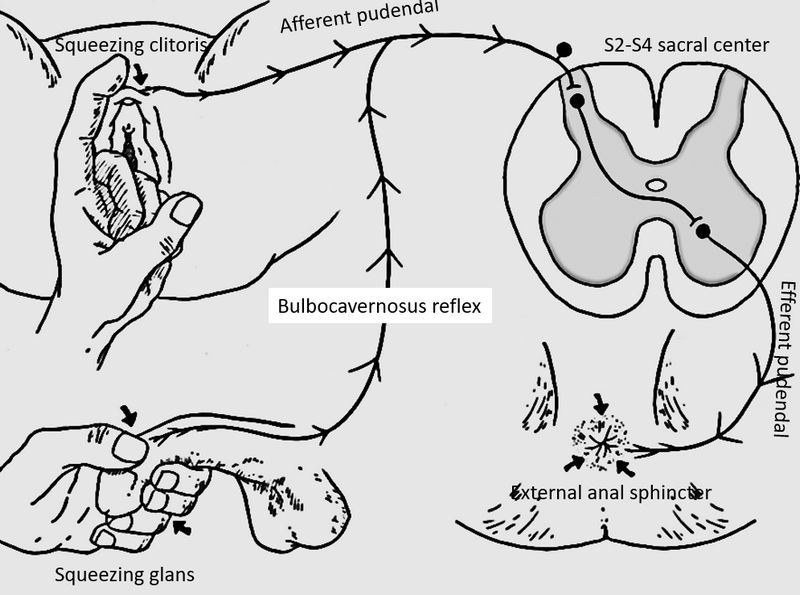
Bulbocavernosus Reflex (BCR)
Synonyms: Bulbospongiosus reflex (BSR), Osinski reflex Reflex arc: a. Stimulus: Briskly squeezing glans penis or clitoris or Tugging Foley’s catheter (pulling the balloon of foley’s catheter against the bladder neck) b. Afferent: Sensory fibers of pudendal nerve c. Reflex center: S2-S4 spinal segments (Polysynaptic) d. Efferent: Motor fibers of pudendal…
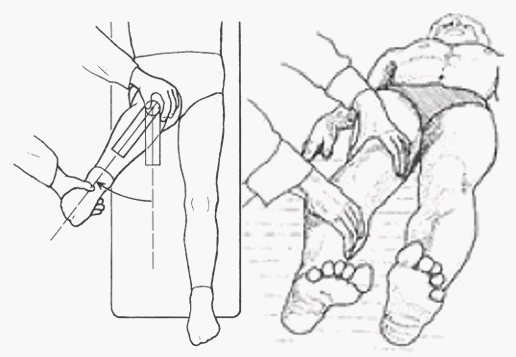
Sectoral Sign : AVN hip
The rotation of the hip must be assessed both with the hip in flexion and extension as well. In general, the range of motion for rotations are 5 to 10 degrees more in flexion compared to that in extension of hip. If the range of motion for rotation varies between…
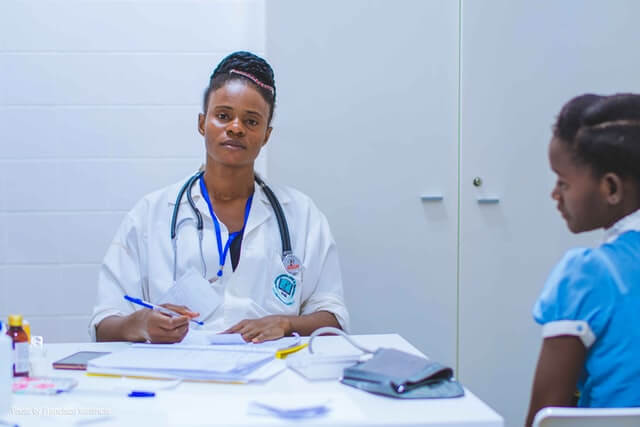
History Taking : A Basic Clinical Skill
As a Doc. whenever you treat a patient, the success of treatment depends upon whether you come up with the right diagnosis or at least a right set of differential diagnoses. To achieve the above mention goal the KEY is EFFECTIVE COMMUNICATION. And I can talk to you for an…

Add “ICE” to history – Patient’s perspective
In medical history taking, “ICE” is an acronym for trilogy of “Ideas”, “Concerns” and “Expectations” which is a doctor’s tool to assess the patient’s perspective of the presenting problem. There has been a shift towards patient centered approach and many patients tend to prefer a shared decision-making model which includes…
